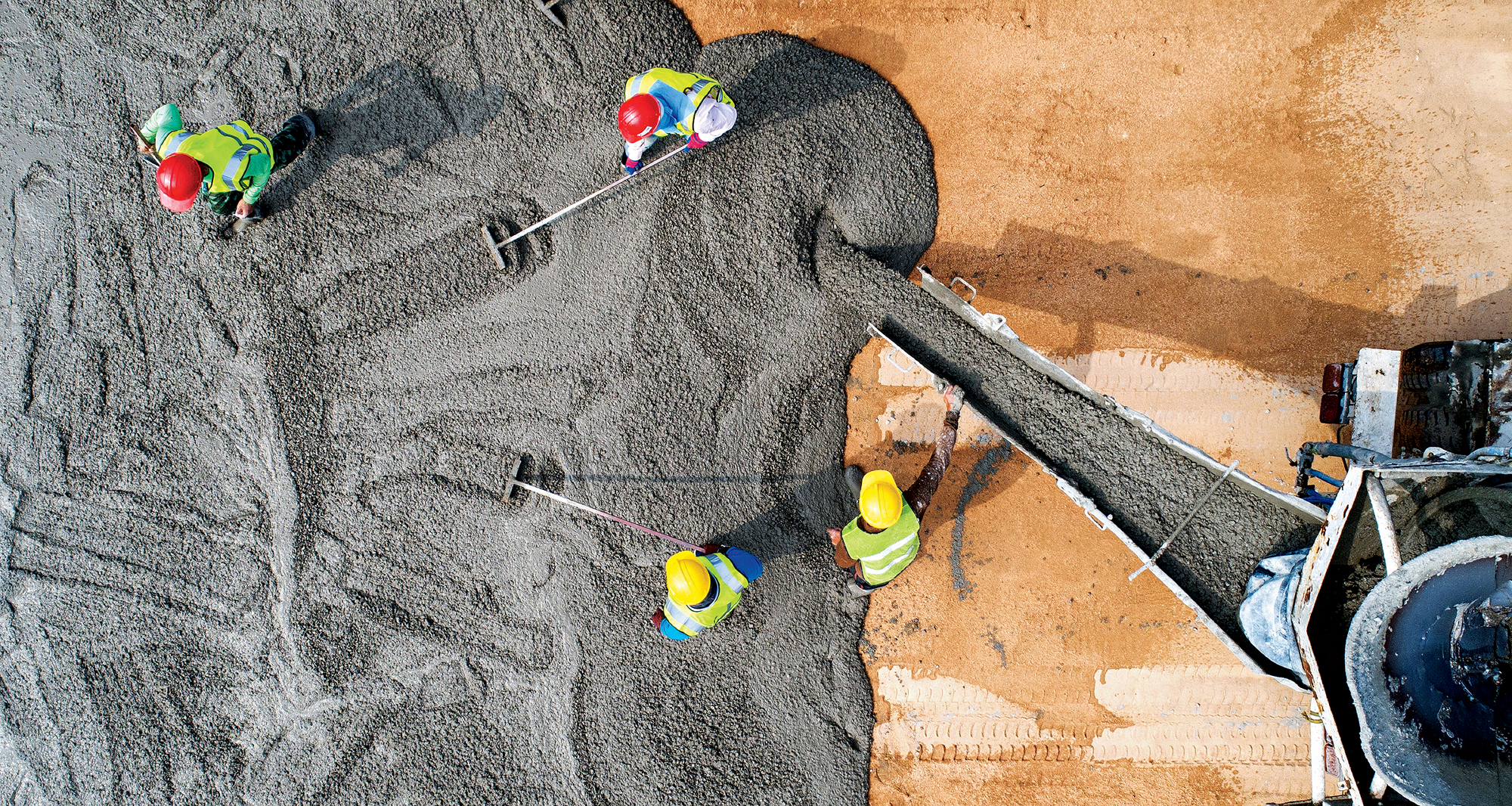Why Select Our Concrete Providers: Excellence in Every Pour
Why Select Our Concrete Providers: Excellence in Every Pour
Blog Article
Unveiling the Eco-Friendly Advantages of Making Use Of Recycled Concrete in Lasting Building And Construction Practices
In the realm of sustainable building and construction techniques, the usage of recycled concrete stands as a critical yet frequently underestimated source. Beyond its standard applications, recycled concrete offers a myriad of environmentally friendly advantages that prolong much beyond the boundaries of standard construction products.
Environmental Advantages
By including recycled concrete into building and construction methods, there is a considerable decrease in the requirement for new raw products, leading to conservation of natural resources. Furthermore, the use of recycled concrete reduces the amount of waste being sent out to landfills, consequently decreasing ecological contamination and reducing the pressure on landfill capabilities (Concrete).

Furthermore, the production of traditional concrete is a substantial resource of carbon exhausts as a result of the energy-intensive procedure of cement manufacturing. On the other hand, recycled concrete has a reduced carbon impact as it minimizes the need for brand-new concrete production. This decrease in carbon exhausts adds to mitigating climate modification and sustains sustainable construction techniques. On the whole, the ecological benefits of making use of recycled concrete are considerable and play a vital function in advertising green building methods.
Cost-Efficiency
Achieving cost-efficiency is an extremely important consideration when evaluating the application of recycled concrete in building and construction jobs. Among the essential benefits of making use of recycled concrete is its cost-effectiveness compared to standard concrete. The manufacturing of recycled concrete involves less power and sources as it utilizes existing materials, lowering the overall job costs considerably. In addition, the schedule of recycled concrete locally can even more reduce transport expenditures, making it a more cost-effective option for construction jobs.
Additionally, making use of recycled concrete can bring about financial savings in land fill prices by diverting concrete waste from disposal sites. This not only decreases the ecological influence but also gets rid of the expenses connected with waste elimination. The toughness and efficiency of recycled concrete are equivalent to conventional concrete, ensuring that cost savings do not compromise the high quality of the building and construction.
Toughness and Toughness
Recycled concrete offers similar, if not exceptional, longevity and strength residential or commercial properties to typical concrete - Concrete. click for info With innovations in processing methods and quality control, recycled concrete can satisfy or go beyond the performance criteria of conventional concrete.

Waste Decrease
Effective waste decrease practices play an important duty in the sustainable application of resources within the construction industry. Waste decrease is an essential benefit that adds considerably to ecological preservation when it comes to making use of recycled concrete. Conventional building and construction approaches typically produce considerable quantities of waste, specifically in the kind of concrete debris from his response demolition sites. By incorporating recycled concrete into building and construction projects, this waste is repurposed and drawn away from landfills, minimizing the total environmental effect of construction tasks.
Furthermore, the use of recycled concrete can lead to set you back financial savings for building jobs, as it is usually much more affordable than sourcing and delivering new products - Concrete. In conclusion, waste reduction with the use of recycled concrete is a vital part of sustainable construction methods that profits both the construction and the setting industry as a whole.
Power Preservation
When it comes to using recycled concrete in building, substantial power cost savings are accomplished compared to traditional concrete manufacturing. The process of creating recycled concrete includes squashing and reusing existing concrete materials, which takes in much less power than mining, processing, and transferring raw products for new concrete manufacturing.
Final Thought
To conclude, the usage of recycled concrete in sustainable construction methods provides numerous ecological go to my site advantages, cost-efficiency, durability, toughness, waste reduction, and energy preservation. By integrating recycled concrete into construction projects, we can add to a much more eco friendly and sustainable future. It is important for the construction market to focus on making use of recycled materials to help in reducing the environmental influence of building and construction activities.
One of the crucial advantages of utilizing recycled concrete is its cost-effectiveness contrasted to standard concrete.Furthermore, the use of recycled concrete can lead to savings in landfill prices by diverting concrete waste from disposal websites. The resilience and performance of recycled concrete are similar to conventional concrete, making certain that expense financial savings do not compromise the top quality of the building and construction.

Report this page